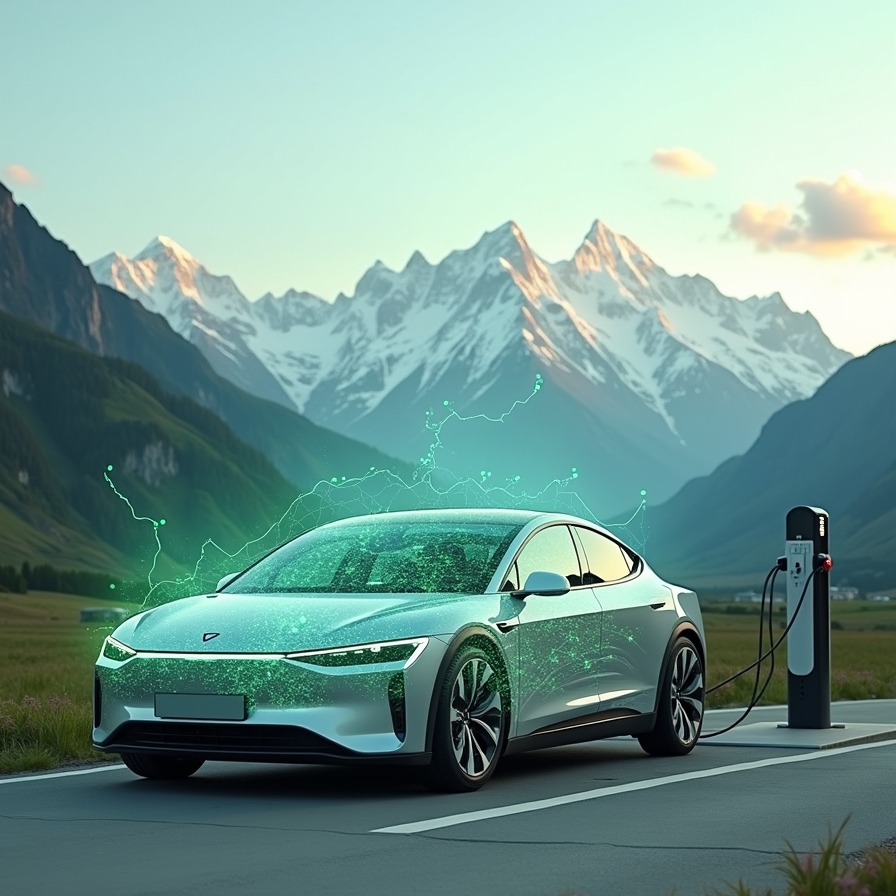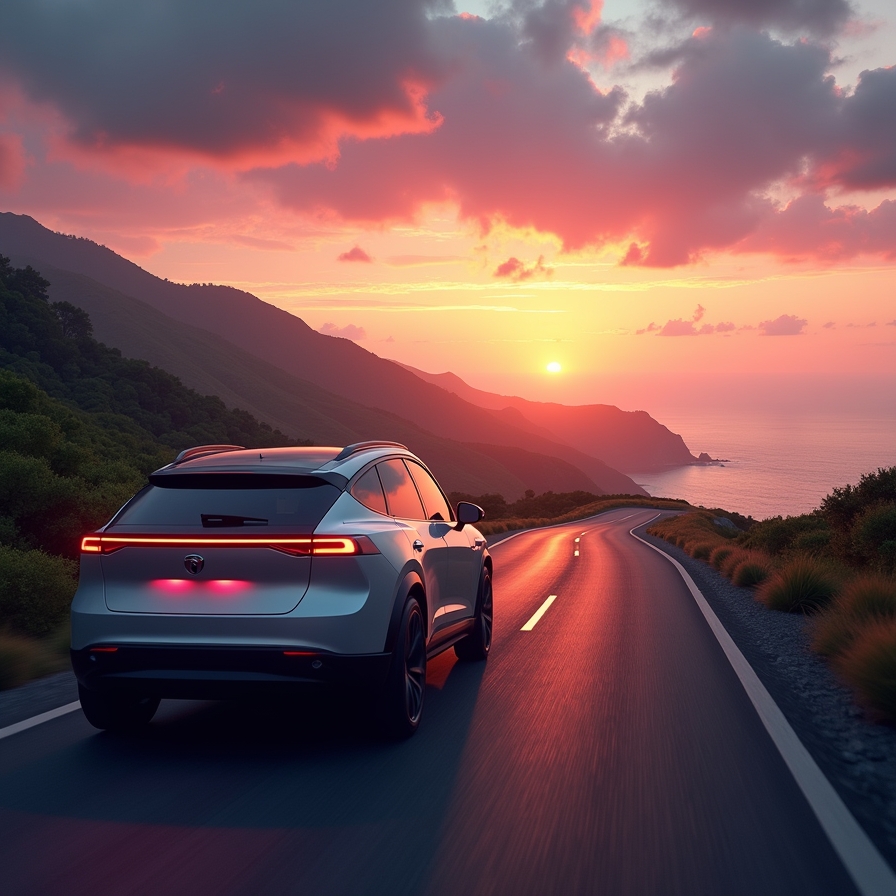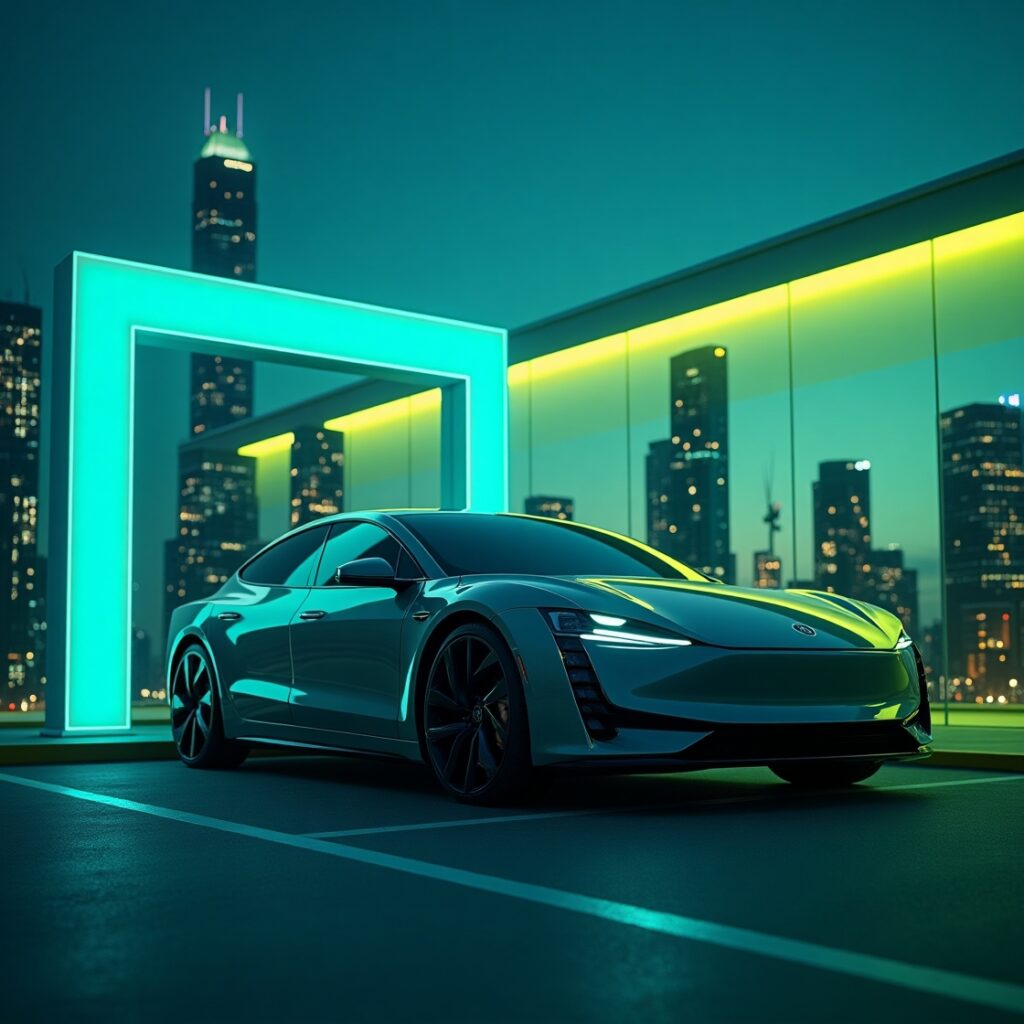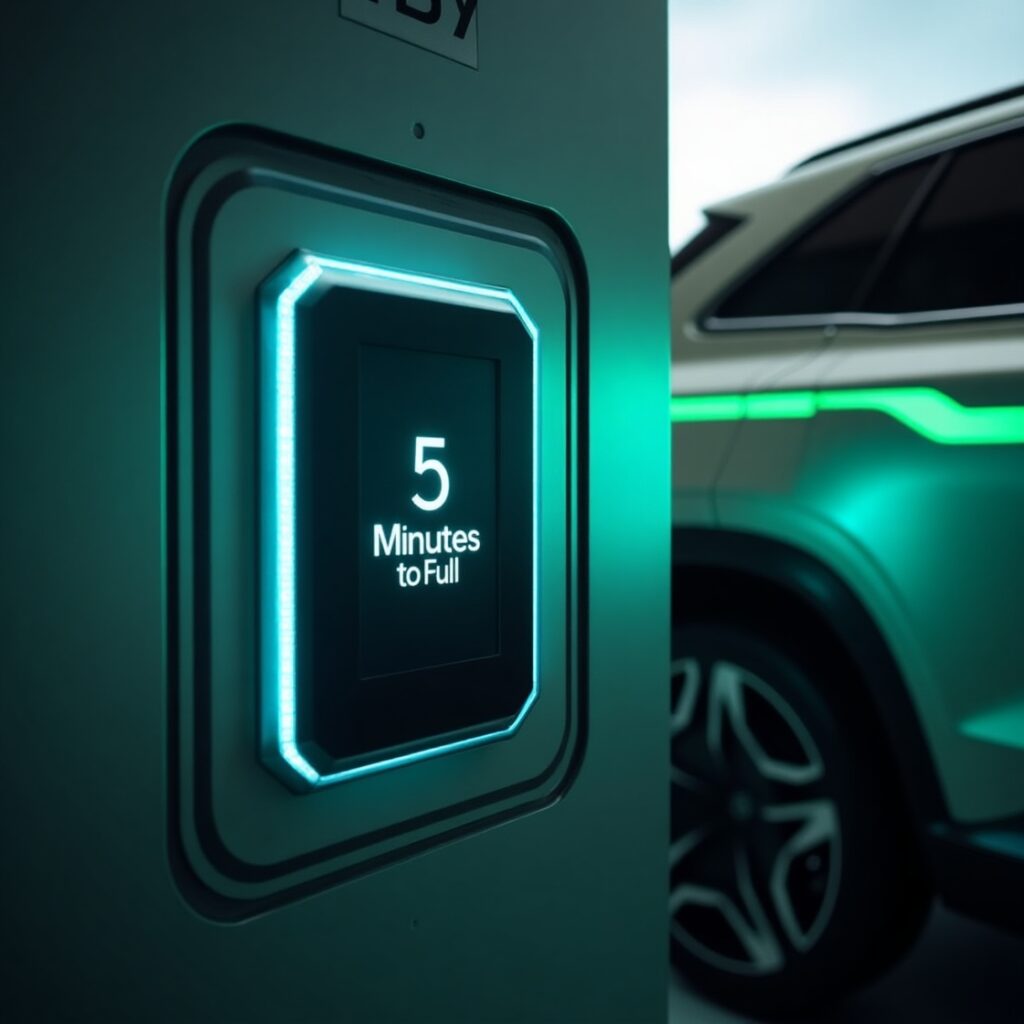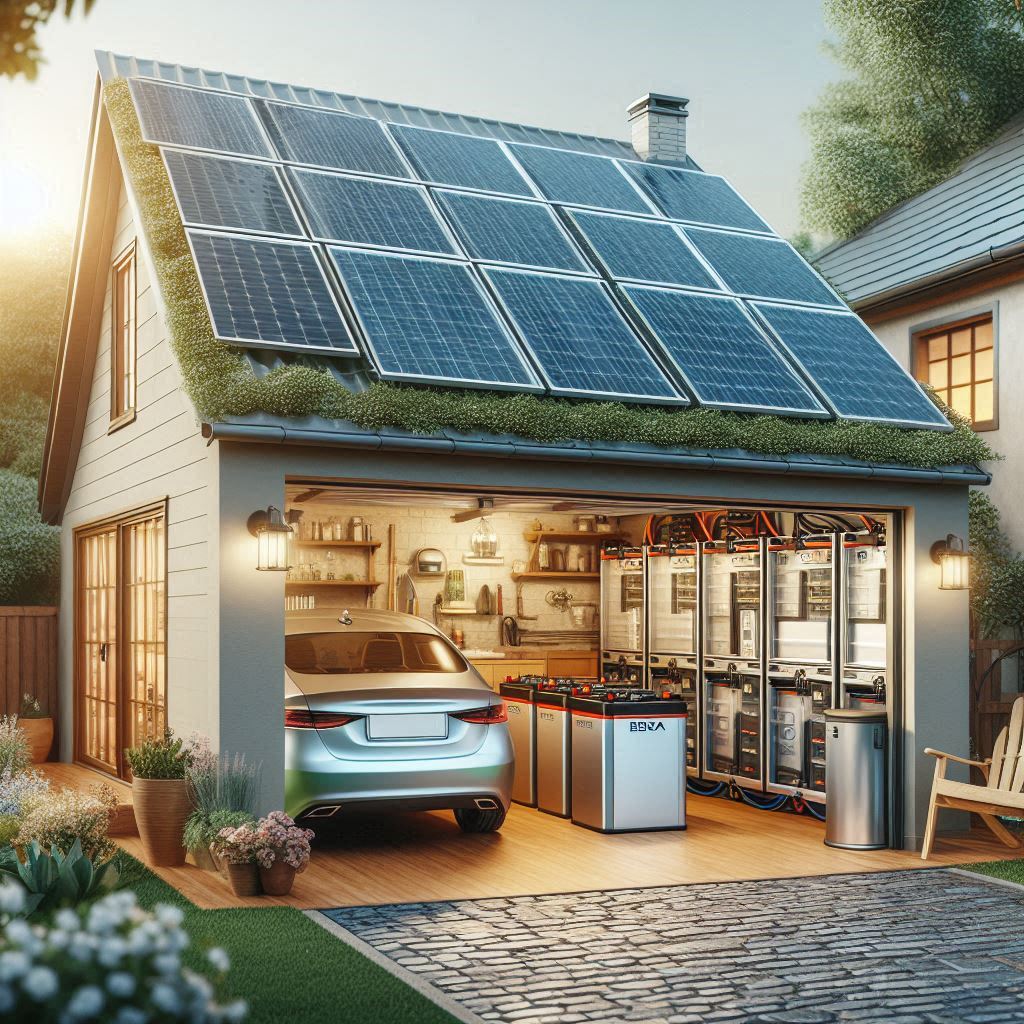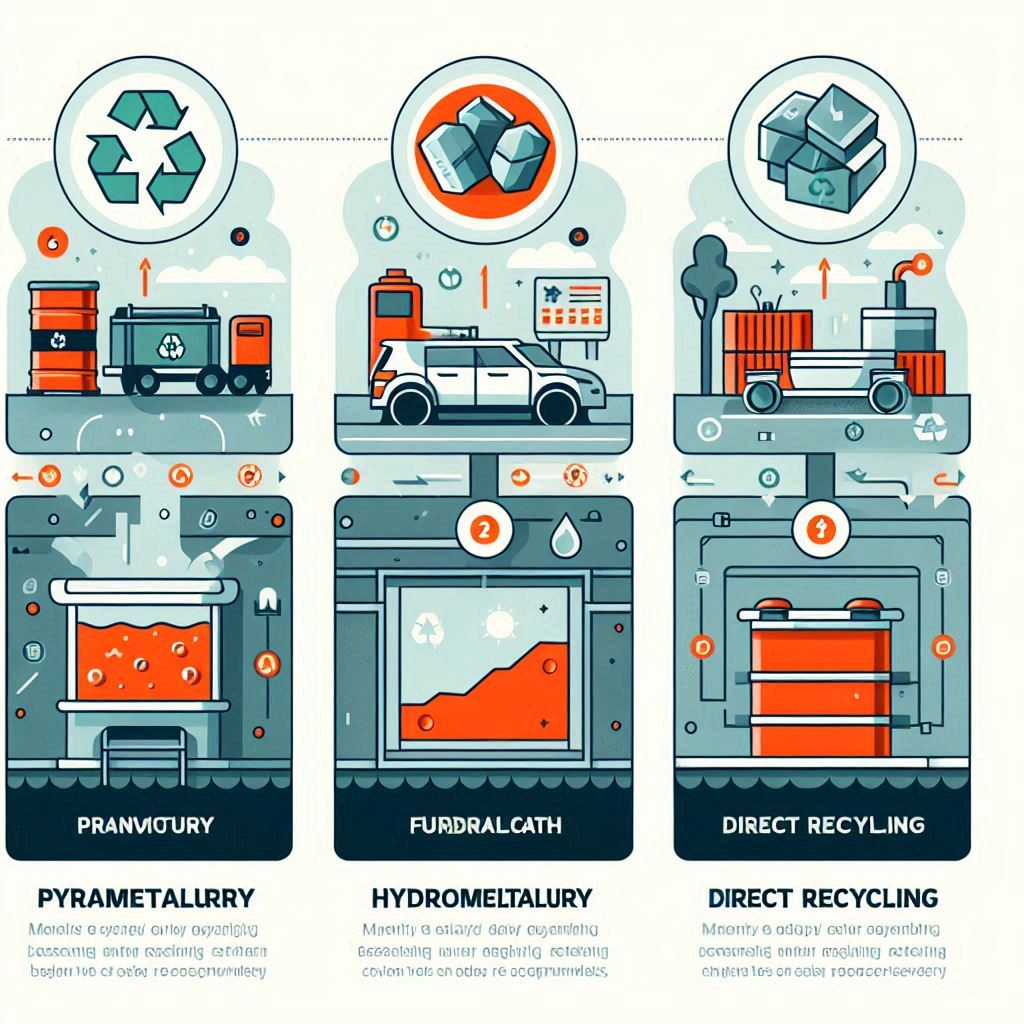Ever typed “please” or “thank you” when chatting with ChatGPT? It feels natural, but those polite words come with a hidden energy cost that could power thousands of electric vehicles (EVs). At Green EV Life, we’re diving into the ChatGPT energy cost, revealing how AI’s electric bill impacts sustainability. Ready to uncover the watts behind your words? Let’s explore how politeness adds millions to OpenAI’s energy tab and what it means for eco-conscious drivers.

Why Does ChatGPT Use So Much Energy?
ChatGPT, built by OpenAI, relies on massive data centers packed with GPUs (graphics processing units) to process queries. Each question you ask—called “inference”—requires crunching billions of parameters in models like GPT-4o. A single query uses about 0.3 watt-hours (Wh) of electricity, per Epoch AI, though older estimates pegged it at 2.9 Wh, nearly 10 times a Google search’s 0.3 Wh.
Why the high energy cost? GPUs run at 60–80% of their thermal design power during inference, spiking to 100% for input tokens like “please.” With 300 million weekly users sending 1 billion daily queries, ChatGPT’s daily energy use hits ~2.9 million kilowatt-hours (kWh), enough to charge 40,000 EV batteries (72 kWh each). That’s like powering a small country like Barbados for a day!
For EV fans, this matters. The energy ChatGPT consumes yearly (1.059 billion kWh) could charge every U.S. EV (~3.3 million) 4.5 times. Choosing energy-efficient tech aligns with sustainable driving, like using AI-powered EV navigation for greener routes.
The Cost of Politeness: Millions in Electricity
Saying “please” and “thank you” to ChatGPT isn’t just manners—it’s pricey. OpenAI’s CEO, Sam Altman, revealed on X that polite phrases cost “tens of millions of dollars” in electricity yearly. Why? Each word adds tokens (text units), increasing computational load. If 20% of 1 billion daily queries include two polite words, that’s 400 million extra tokens processed, adding ~0.02 kWh per query at $0.132/kWh.
A 2024 survey found 67% of U.S. ChatGPT users are polite, with 18% citing fear of an “AI uprising.” Polite prompts also improve response tone, as Microsoft notes, but at a cost. A 100-word polite email via GPT-4 uses 0.14 kWh—enough to power 14 LED bulbs for an hour. Scale that across millions, and it’s a hefty bill.
This energy could charge EVs instead. For example, 0.14 kWh could drive a Nissan Leaf ~0.7 miles. Multiply by millions of polite queries, and you’re losing miles of green travel. Curious about budget-friendly EVs to maximize efficiency? Check our guide to affordable EVs.
Water Costs: Cooling ChatGPT’s Servers
Energy isn’t the only concern—ChatGPT’s data centers guzzle water for cooling. A 100-word GPT-4 response uses 519 milliliters of water, per a University of California study. With 1 billion daily queries, that’s 39.16 million gallons daily, enough to fill Central Park Reservoir seven times yearly. In water-stressed areas, this competes with drinking water needs.
Can ChatGPT Go Greener?
OpenAI is tackling efficiency. GPT-4o uses 0.3 Wh/query, 10x less than older 2.9 Wh estimates, thanks to optimized chips (NVIDIA H100 vs. A100) and fewer output tokens (~200 vs. 1,500). Energy efficient models like GPT-4o-mini cut down energy usage further.
Other solutions include:
- Renewable Energy: Data centers powered by solar or wind, like some Microsoft Azure facilities, reduce carbon footprints.
- Efficient Models: Smaller models (e.g., GPT-4o-mini) use less compute, ideal for eco-conscious users.
- User Habits: Skipping polite phrases or using AI sparingly lowers energy use. Try direct queries like “EV charging tips” instead of “Please list EV charging tips, thanks.”
What You Can Do
Ready to reduce your AI energy footprint? Here’s how:
- Be Direct: Skip “please” and “thank you” in ChatGPT queries to save tokens and energy.
- Use Smaller Models: Opt for GPT-4o-mini for simple tasks, cutting compute needs.
- Support Green Tech: Advocate for renewable-powered data centers by choosing eco-friendly brands.
These steps echo EV efficiency.
Final Word
At Green EV Life, we believe tech and eco-living can coexist. Next time you chat with AI, think: could those watts charge your EV instead or may be those resources could be used elsewhere for ? Share your thoughts below—have you noticed ChatGPT’s energy impact, or tried greener AI habits?


